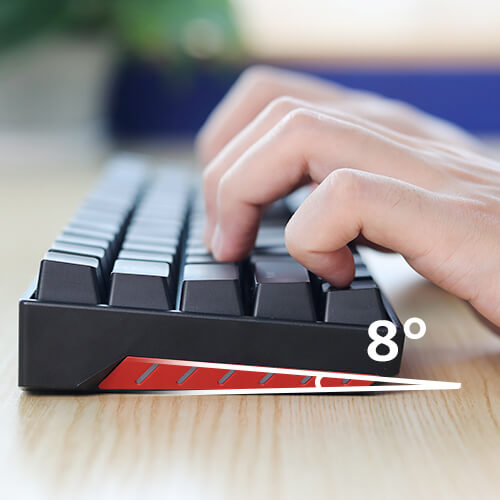

Another port of the program is AutoHotkey.dll.

In late 2012, it became the official branch. In 2010, AutoHotkey v1.1 (originally called AutoHotkey_L) became the platform for ongoing development of AutoHotkey. Later, AutoIt v3 switched from GPL to closed source because of "other projects repeatedly taking AutoIt code" and "setting themselves up as competitors". Mallett built a new program from scratch basing the syntax on AutoIt v2 and using AutoIt v3 for some commands and the compiler. The first public beta of AutoHotkey was released on November 10, 2003, after author Chris Mallett's proposal to integrate hotkey support into AutoIt v2 failed to generate response from the AutoIt community. Prototyping before implementing in another, more time-consuming, programming language.Scheduling an automatic reminder, system scan, or backup.Monitoring a system and automatically closing unwanted programs.Adding a signature to e-mail, message boards, etc.Opening programs, documents, and websites with simple keystrokes.

#Keyboard maestro 10 review code
The source code is in C++ and can be compiled with Visual Studio Express. The scripts can be compiled into an executable file that can be run on other computers that do not have AutoHotkey installed.
#Keyboard maestro 10 review windows
More complex tasks can be achieved with custom data entry forms ( GUI windows), working with the system registry, or using the Windows API by calling functions from DLLs. Further, some scripts can be initiated automatically at computer startup and need not interact with the keyboard at all, perhaps performing file manipulation at a set interval. AutoHotkey also allows for "hotstrings" that will automatically replace certain text as it is typed, such as assigning the string "btw" to produce the text "by the way" when typed, or the text "%o" to produce "percentage of". Keyboard keys can also be remapped or disabled, such that pressing Ctrl+ M, for example, might result in the active window receiving an em dash -, or nothing at all. These commands can be triggered by a hotkey, such as a script that would open an internet browser whenever the user presses Ctrl+ Alt+ I on the keyboard. AutoHotkey scripts can also assign, retrieve, and manipulate variables, run loops and manipulate windows, files, and folders. AutoHotkey scripts can be used to launch programs, open documents, and emulate keystrokes or mouse clicks and movements.


 0 kommentar(er)
0 kommentar(er)
